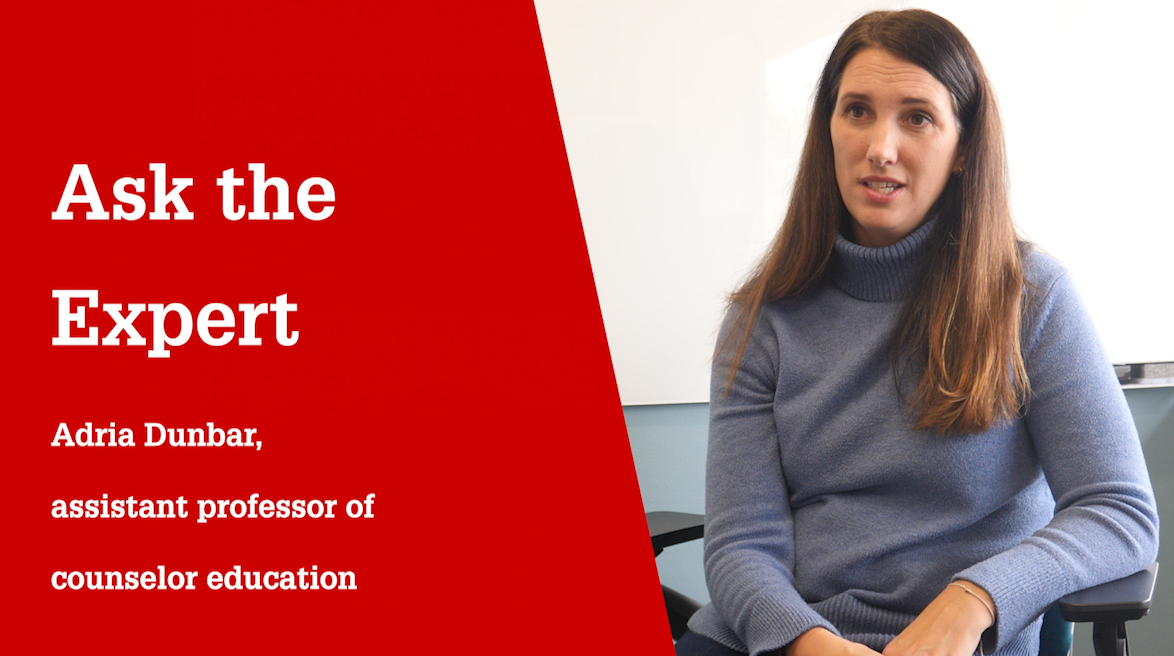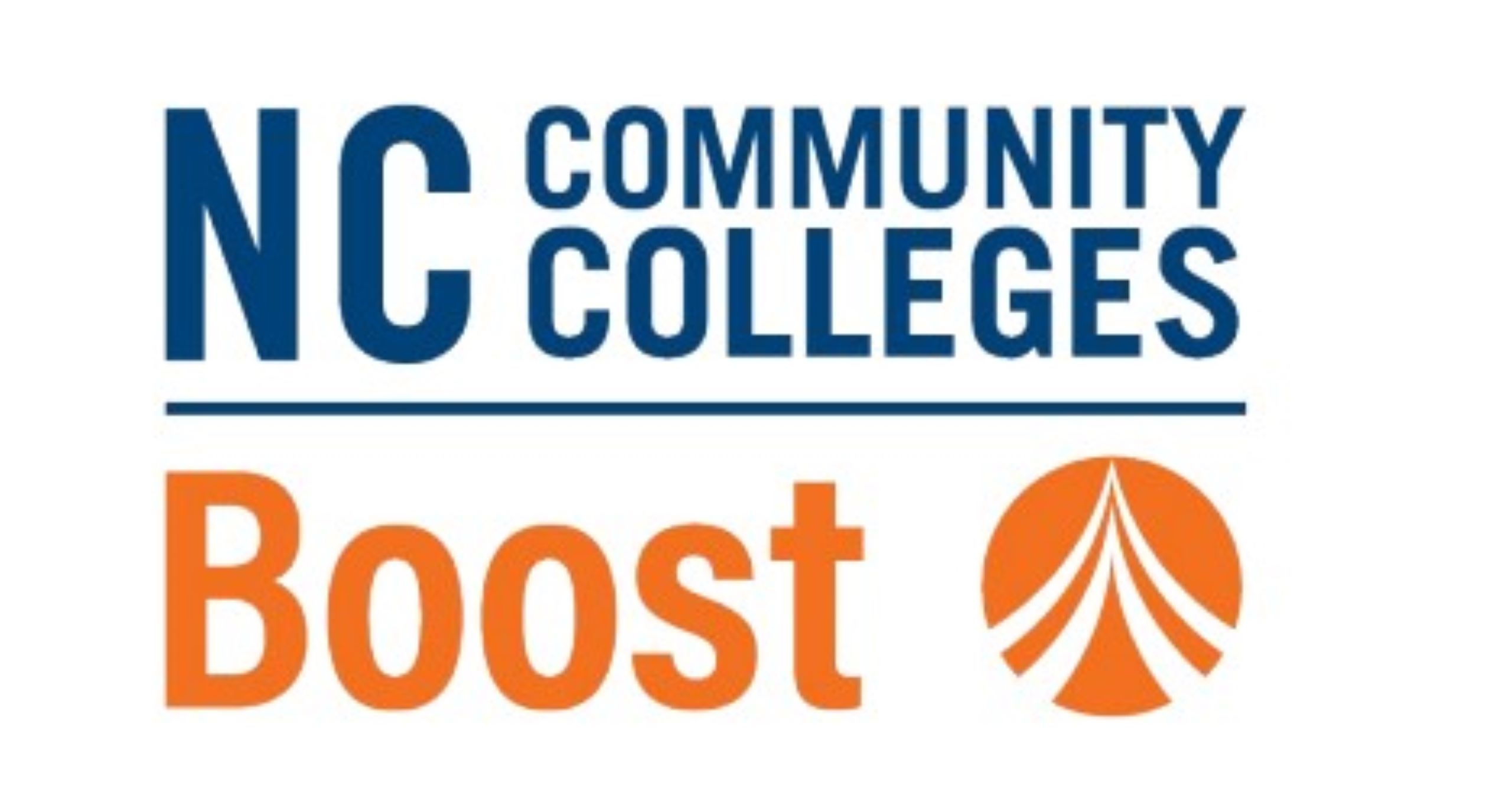What Are Some Healthy Ways for Adolescents to Engage with Social Media? Assistant Professor Adria Dunbar Shares Tips for Engaging with Intentionality
High school students who Adria Dunbar, an assistant professor of counselor education in the NC State College of Education, works with as part of her research on issues related to social media report they can spend up to three hours at a time on any given day on social media.
With more schools moving to a 1:1 technology model, constant interruptions and notifications from social media can keep teens in a “fight or flight” mode as they feel a need to instantly respond to each alert. This state of hyper awareness can be damaging to teens’ well being in a number of ways, including experiencing lack of sleep, catering to an invisible audience and feeling a constant sense of obligation to others. Teens’ social media use needs to be occasionally disrupted, said Dunbar, whose research focuses on innovation in counseling and the impact of social media use on teens’ mental health.
Dunbar has found many teens report feelings of self-doubt and anxiety after using social media. As a result, they often maintain multiple accounts, with different content shared with their smaller network of close friends. This is especially true when their public profiles make them feel overwhelmed or overexposed.
These feelings, the teens reported, can come from comparing themselves to others, leading them to question why they may not feel as happy as those they see on social media or why they seem to struggle with things the people they follow find easy.
At the same time, Dunbar notes social media can be beneficial for many adolescents. This is especially true for teens living in more isolated locations, as well as those who experience isolation as a result of societal and cultural climates where they live, such as LGBTQ adolescents or teens experiencing symptoms of chronic or physical illnesses or mental health issues. Social media can allow them to connect with others going through similar experiences, which might not always be possible through face-to-face interactions at their school or in their communities.
“It can be really normalizing, especially for students living in areas where maybe they don’t see other people who look like them or have the same experiences that they do,” Dunbar said. “People talking more openly about the experiences they’re having can be a really positive thing for other people in their networks to see and hear.”
To have a positive experience with using social media, Dunbar said it’s important that teens approach their use with intentionality and help think about why they feel a need to engage with these platforms.
Healthy Ways to Use Social Media
To help adolescents with this process, she suggests parents first examine their own social media use and habits by considering the following questions:
- Have you ever tried to limit your social media use?
- What keeps you on social media?
- Have you ever thought about completely getting off social media and felt like you couldn’t? Why did you feel that way?
- Have you ever felt pressured to like something or comment on something when you didn’t want to?
- How does it feel to block someone or mute someone on social media?
Once parents have examined these questions, Dunbar suggests they engage in open communication with their children, posing the same questions to them and attempting to understand what drives them to want to spend time on certain platforms.
“Don’t be afraid to ask questions, even if your kids roll their eyes and huff and don’t want to answer you,” she said. “It doesn’t have to be a big sit down talk about social media, but just ask questions like ‘What have you been watching?’ ‘What makes you want to be on TikTok more than Instagram?’ and just talk to them about what they’re getting out of [social media use].”
Even when teens are engaged in activities that are not related to social media, it’s easy for them to be redirected to those platforms and fall down a rabbit hole of links, Dunbar said. For example, a TV show might promote following their Twitter account, which may lead to links to other content on Instagram or Youtube with the goal of keeping people engaged with their content as much as possible.
“For parents, if you notice that your kids are really irritable, withdrawn or disconnected when they’re engaging with social media, or finished using a phone or iPad, that’s a pretty big red flag that maybe they’re doing a little too much or something’s going on,” Dunbar said. If not parents, then a trusted adult (e.g., coach, counselor, family friend), may be a good person to open up communication.”
Reducing the Amount of Time on Social Media
To reduce the amount of time spent on social media, Dunbar suggests the following tips for adolescents and adults:
- For sites that work in a browser, like Facebook or Instagram, remove the app from your phone and use the web-based version instead, as it makes it more difficult to just continue scrolling.
- Turn off notifications, so you’re not tempted to look at your phone every time you get a friend request, like or alert that someone has posted something.
- Change your phone settings so that there is just one home screen and not multiple screens to swipe through. This prevents the habit of mindlessly scrolling from one app to the next.
- Set screen time limits, which will tell you when you have surpassed a set amount of time on a particular social media platform. Even when users click the “give me more time” button, it forces them to think about the amount of time they are spending online.
What Else to Keep in Mind About Social Media Use
One of the most important things Dunbar says teens should consider when using social media is their own personal values and whether or not time spent on those platforms contributes to or takes away from those values.
Dunbar often asks high school students to examine a list of core values, which includes traits like autonomy, freedom, happiness, authenticity and kindness, and sort them into categories based on whether or not those traits are always valued, sometimes valued or never valued by that individual. She then challenges students to think about those values as they align with their social media use.
“I think when we think about it in terms of what matters most to us, what we value and what we want to be contributing to the world, it makes it a little easier to draw some lines and say when something is clearly not contributing in the way or reflecting me in the way I want it to be,” she said.
No matter how adolescents use social media, Dunbar said it’s important that they remember to take breaks and engage with other activities, particularly those that engage their mind and body.
- Categories:



